37 Sports Cars That Were Big Mistakes
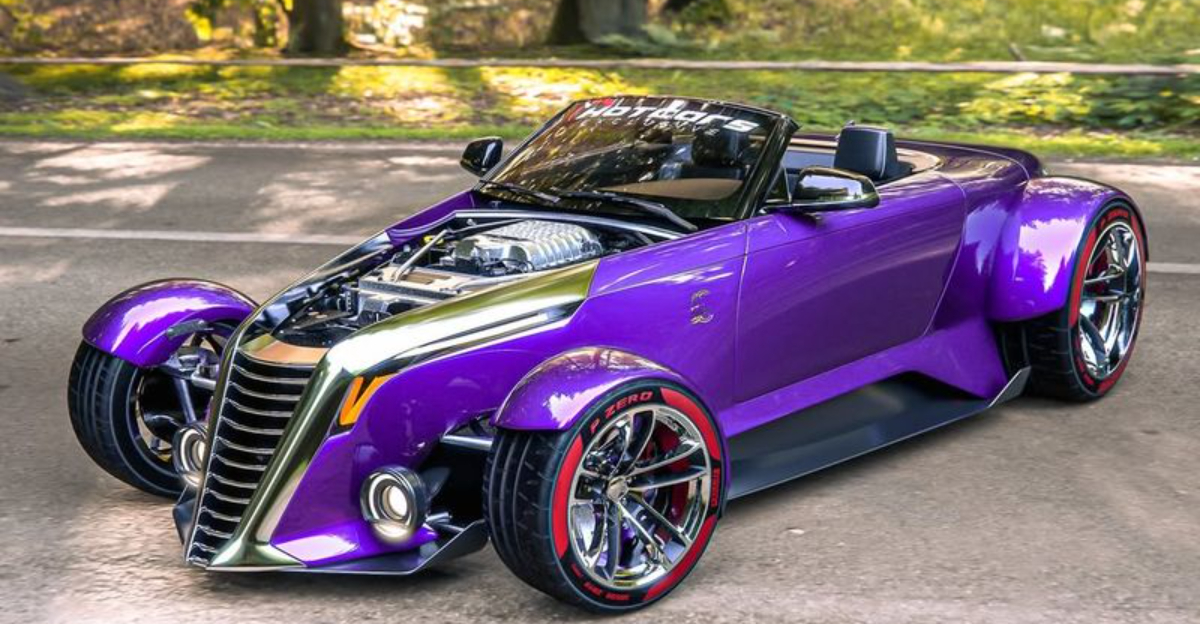
There’s always that one car that catches your eye—sleek, fast, and promising all kinds of thrills. But sometimes, reality hits, and you’re left wondering, “What were they thinking?”
Take the time I saw a friend’s brand-new sports car sputter to a stop after just a few miles. It wasn’t the exhilarating ride he expected. It was a total flop.
Sports cars can make or break reputations, and some models didn’t just miss the mark—they crashed and burned. While some fell flat, others became a cautionary tale in automotive history.
1. Pontiac Fiero (early years)
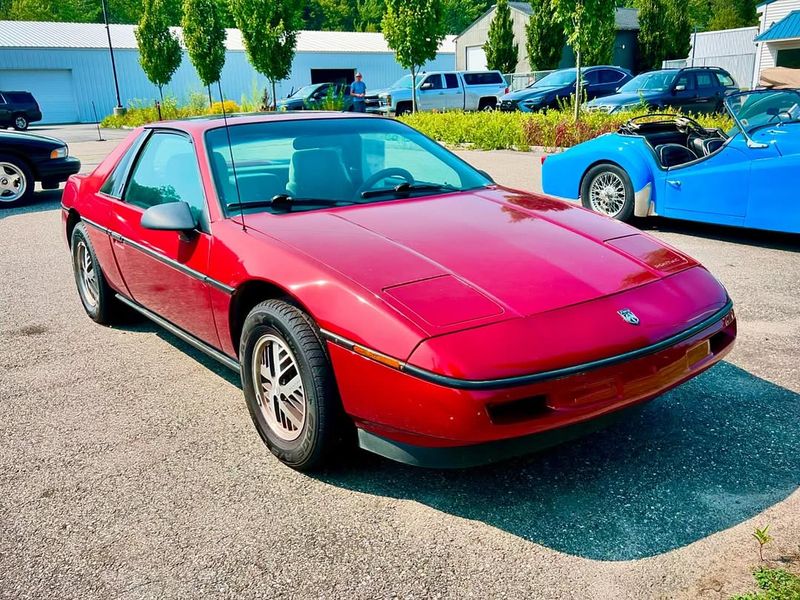
A fiery start! The Pontiac Fiero, initially hailed for its innovative design, had a tendency to burst into flames due to faulty connecting rods.
Imagine cruising down the boulevard, only to watch your pride and joy go up in smoke. Early models were more about sizzling looks than reliable engineering.
Yet, despite its fiery reputation, the Fiero laid the groundwork for future mid-engine sports cars. It also managed to cultivate a passionate fan base, proving that not all love stories are without heat.
Still, safety concerns ultimately overshadowed its flashy debut, ending its journey prematurely.
2. DeLorean DMC-12
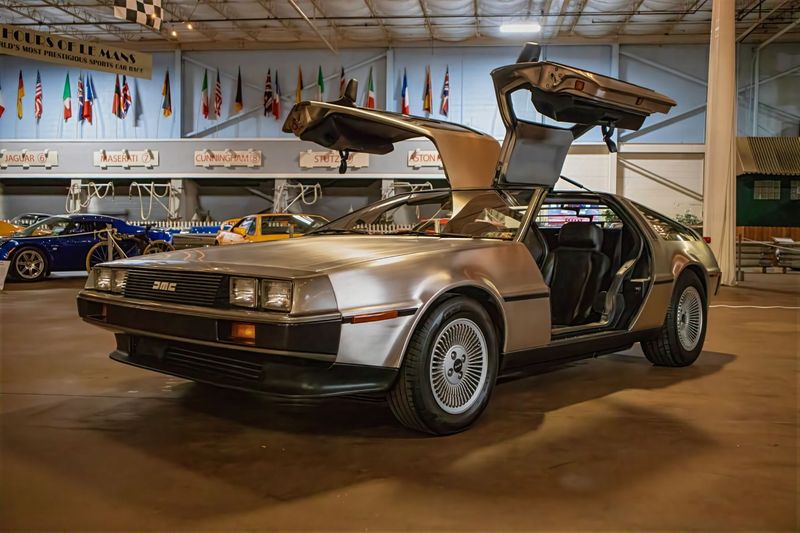
The DeLorean DMC-12 looked like it came straight from the future, but its performance was stuck in the past.
With gullwing doors and a stainless-steel body, it screamed innovation—but the underpowered V6 engine and sluggish handling made it more of a poser than a performer.
Add in quality issues and a company scandal, and this time machine stalled before it ever hit 88 mph. A cult classic today, sure, but back then? Total letdown.
3. Bricklin SV-1
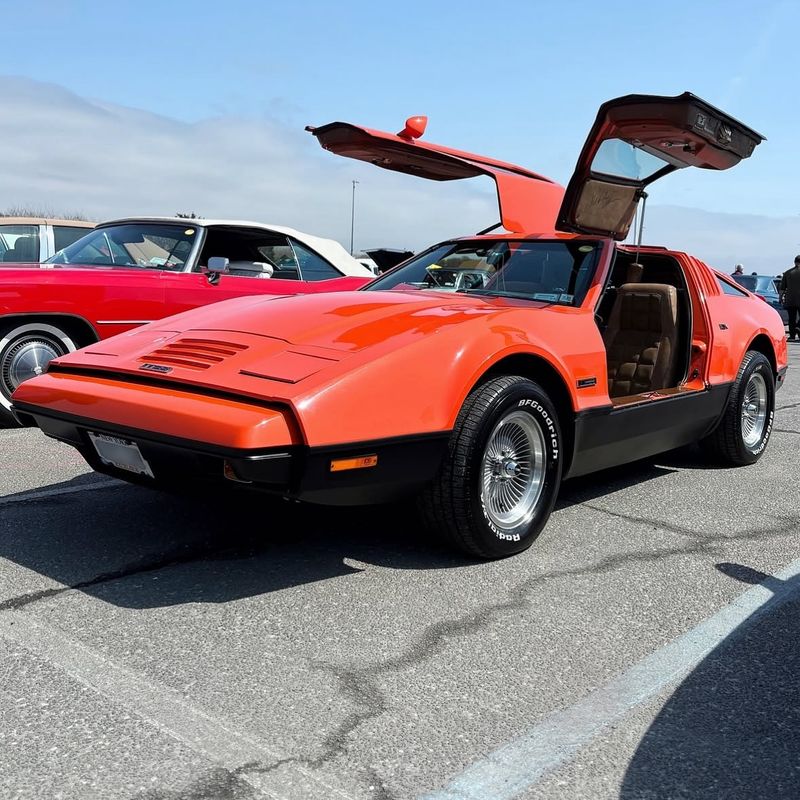
Safety first, performance last! The Bricklin SV-1 touted innovative safety features but was plagued by quality issues. Its heavy build meant sluggish performance, making it a tough sell to speed enthusiasts.
Produced in Canada, this car’s production was as quirky as its appearance. Financial troubles soon led to its downfall, leaving behind an ambitious but flawed legacy.
Despite its failures, the SV-1 remains a fascinating piece of automotive history, showcasing the bold, sometimes misguided dreams of its creators.
4. Vector W8

Billed as America’s hypercar before hypercars were a thing, the Vector W8 had insane aerospace styling and a wild twin-turbo V8. But dreams don’t always meet deadlines.
It was plagued by delays, quality issues, and a sticker price that made Ferrari buyers laugh. Its performance numbers were impressive—on paper—but actual reliability and drivability told another story.
It was loud, harsh, and too ambitious for its own good. Cool? Yes. Good idea? Not really.
5. Toyota MR2 Spyder (ZZW30)
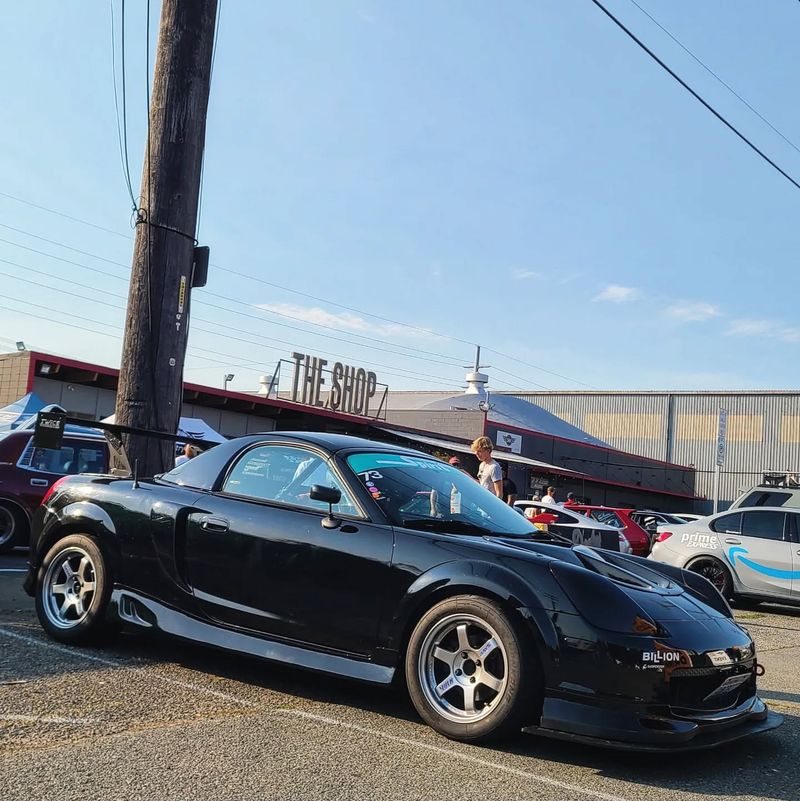
Once upon a time, the Toyota MR2 Spyder was the affordable mid-engine sports car that promised thrill without the frills. Unfortunately, its underpowered engine and quirky styling left drivers wanting more.
Though it handled well and offered open-top excitement, its lackluster performance and limited cargo space were major drawbacks. It looked sporty but didn’t have the muscle to match its flair.
Despite its shortcomings, it remains a beloved cult classic, often seen as the “little sports car that could…almost.”
6. Chrysler TC by Maserati
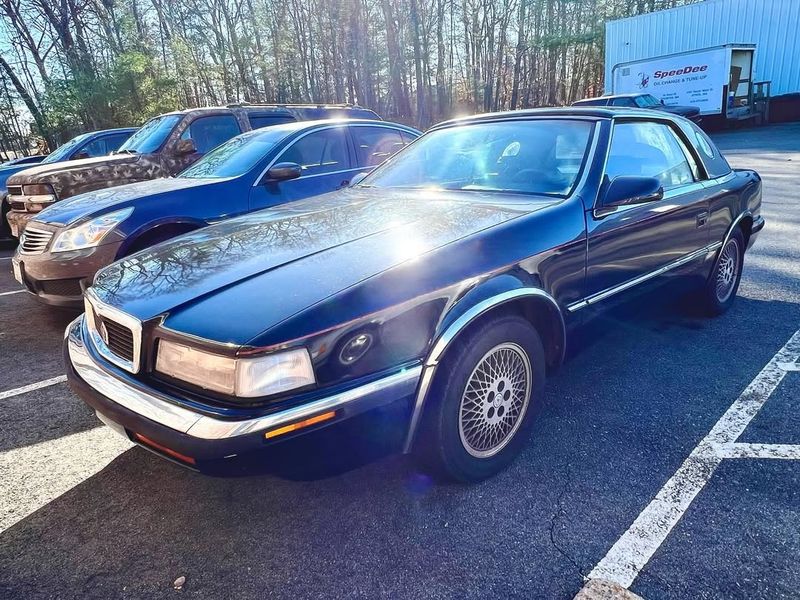
On paper, combining Chrysler’s budget sensibility with Maserati’s luxury seemed like a win. In reality, the TC by Maserati was a bloated, badge-engineered mess.
It looked almost identical to the LeBaron but cost far more, and quality wasn’t anywhere near Maserati levels. Its performance was forgettable, and its styling uninspired.
Buyers were confused, and rightfully so. It was neither Italian nor exciting, making it one of the strangest automotive collaborations ever—and not in a good way.
7. Chevrolet SSR
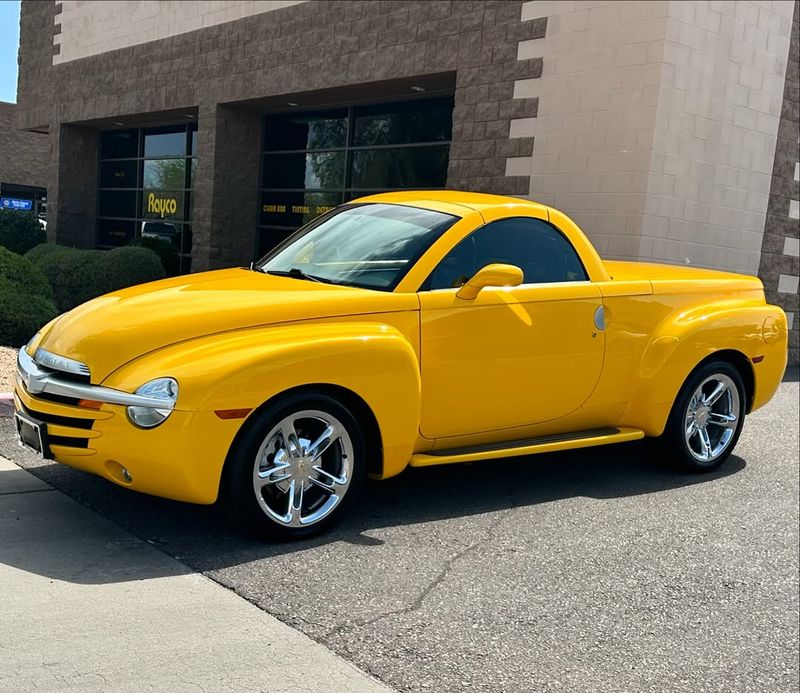
Blend a pickup with a convertible, and you get the Chevrolet SSR—a concept that sounded better in theory than in practice. With retro styling and a retractable hardtop, it promised much but delivered little.
Its heavy weight and underwhelming performance couldn’t justify the price. The SSR’s unique design drew attention, but not enough buyers.
Though it aimed for nostalgic charm, it quickly became a niche vehicle, a roll of the dice that didn’t quite hit the jackpot.
8. Cadillac Allanté
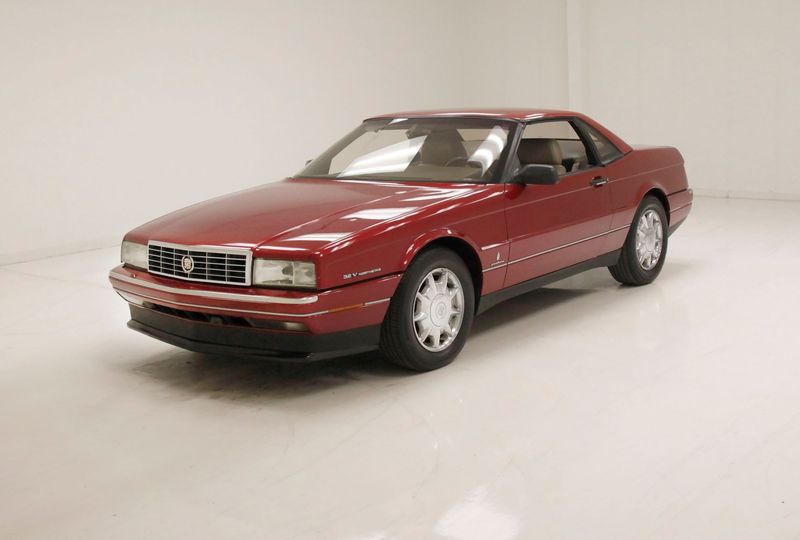
The Cadillac Allanté aimed to fight Europe’s luxury roadsters but ended up fighting itself. Its Pininfarina body was flown from Italy to Detroit—literally—which added cost and complexity.
The car looked elegant but lacked real performance to back it up. Front-wheel drive didn’t help either.
With a confusing identity, steep price tag, and underwhelming powertrains, it never caught on. Cadillac’s attempt at European chic fell flat, even with all that jet-setting flair.
9. Ford Mustang II
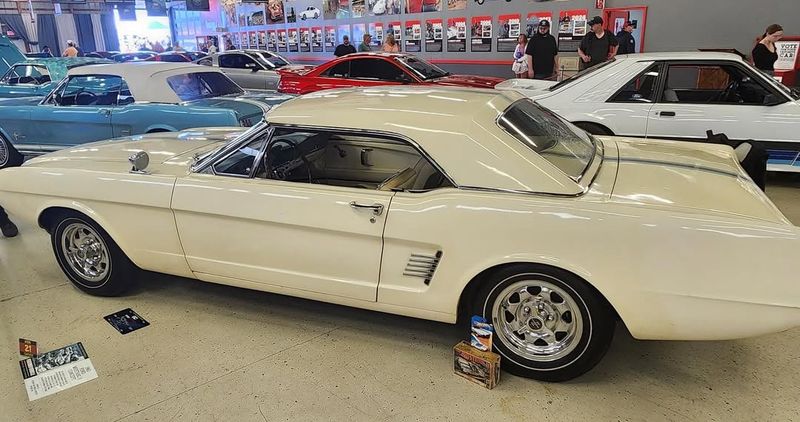
Mustang by name, but not by spirit. The Ford Mustang II was a far cry from its muscle car predecessors, with economy and emissions in mind rather than performance.
Launched during the oil crisis, it sacrificed power for practicality, much to the dismay of enthusiasts. Its compact design was a departure from the iconic pony car image.
Despite being a sales success, its reputation suffered, often seen as the least deserving of the Mustang badge—a symbol of compromise during challenging times.
10. Saturn Sky Red Line

The Saturn Sky Red Line looked like it was ready to take on the world. Sleek bodywork, turbocharged power, rear-wheel drive—what could go wrong? Sadly, quite a bit.
Despite decent performance on paper, the Sky suffered from GM’s parts-bin interior, questionable build quality, and a short production life due to Saturn’s demise.
It had potential, but never quite delivered the refinement or staying power to become a serious contender. A flashy misfire that faded too fast.
11. Suzuki X-90
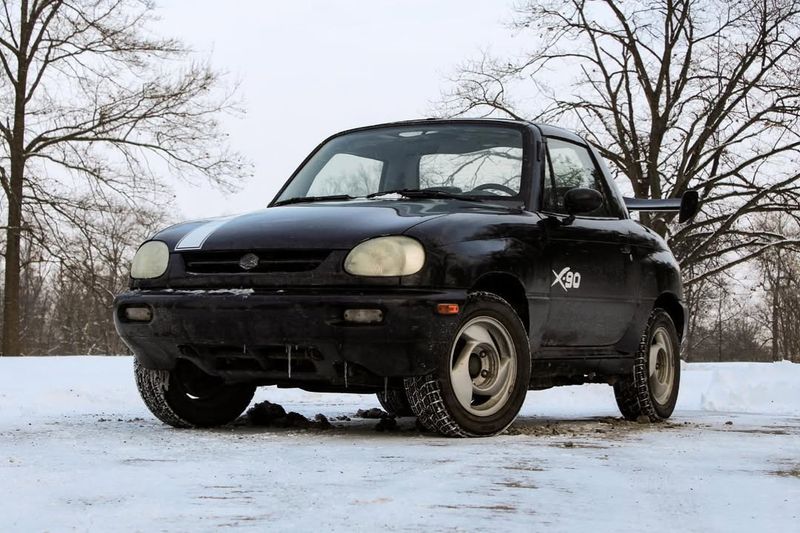
A two-seater SUV? Meet the Suzuki X-90! Bizarre and bold, its unique look didn’t translate to success. Its tiny size and odd styling made it more a curiosity than a must-have.
While it aimed to merge fun and utility, its impractical design and limited appeal kept it from gaining traction. An SUV in spirit, but not in practice.
Despite its flop, the X-90 remains a symbol of Suzuki’s willingness to take risks, a quirky experiment in the annals of car design.
12. Nissan 300ZX (1996)

The 300ZX was a ’90s legend—until it wasn’t. By 1996, its styling hadn’t aged well, and its price had ballooned out of reach.
While the twin-turbo version packed a punch, the complex engineering led to expensive maintenance nightmares. Sales dwindled, and Nissan pulled the plug in the U.S. after 1996.
It was once a benchmark, but late in its run, the magic was gone. A brilliant car dragged down by cost, complexity, and changing tastes.
13. Alfa Romeo GTV6 (U.S. spec)
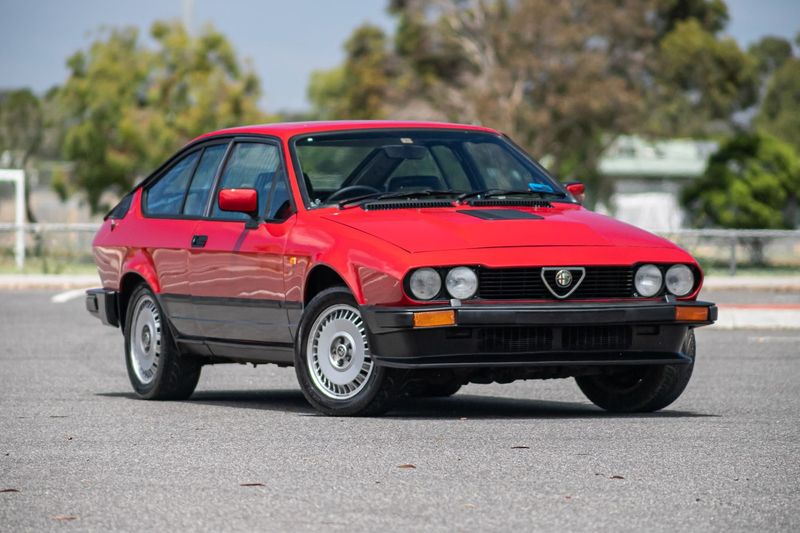
Italian flair meets American regulations, with mixed results. The Alfa Romeo GTV6 U.S. spec lost some of its European charm, thanks to emissions and safety modifications.
Though it had a V6 engine with a glorious exhaust note, its performance was restricted by the added weight and complexity. Known for its handling but hampered by reliability issues.
14. Mitsubishi Eclipse (4th gen)
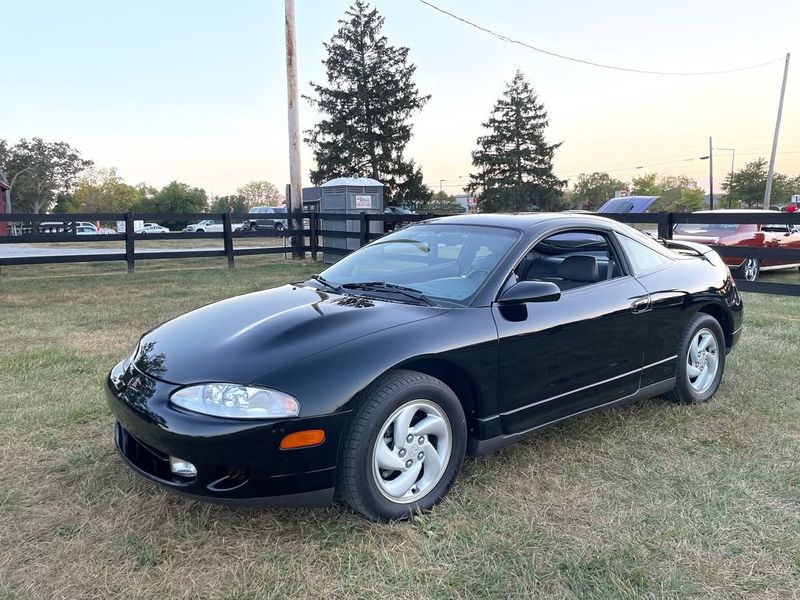
The fourth-gen Eclipse was a far cry from its turbocharged, all-wheel-drive ancestors.
This version traded performance for style and mass appeal, ending up heavy, front-wheel-drive, and powered by engines that barely lived up to the “sports car” label.
It looked aggressive but drove like a bloated coupe.
Enthusiasts who grew up with earlier models felt betrayed. The Eclipse went from street-racing hero to mall-parking-lot cruiser, and it never really recovered from that shift.
15. Jaguar XJ-S

Once a sleek cat, the Jaguar XJ-S struggled with reliability and identity. Meant to replace the E-Type, its complex engineering and design didn’t capture the same spirit.
While luxurious, it was plagued by electrical issues and a hefty price tag, making it a tough sell. Its long production run saw improvements but couldn’t shake early criticisms.
Despite these hurdles, the XJ-S carved a niche, a sophisticated tourer with a tumultuous beginning, still prowling in the memories of Jaguar aficionados.
16. Aston Martin Lagonda (early models)
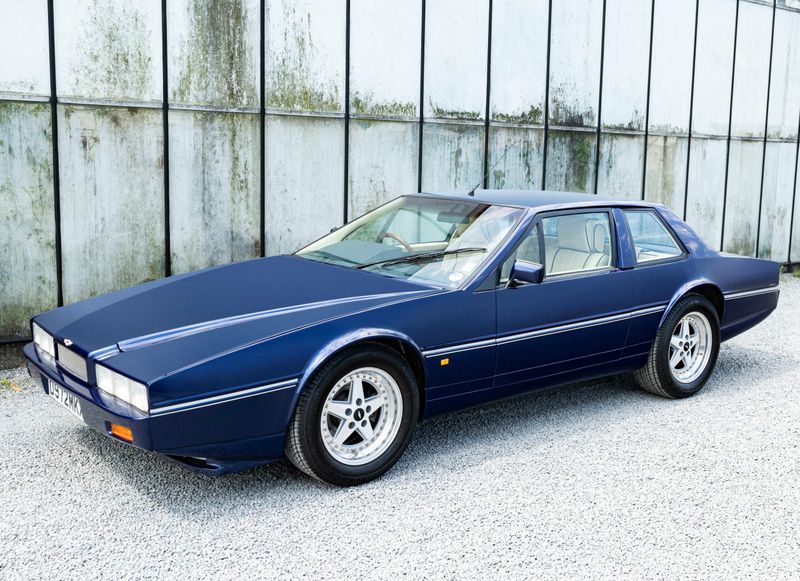
The Aston Martin Lagonda was bold, futuristic, and loaded with tech—but most of that tech didn’t work.
Early models featured digital dashboards and touch controls that were way ahead of their time… and completely unreliable.
Underneath its spaceship skin was a big V8 and traditional Aston craftsmanship, but that wasn’t enough to save it.
High maintenance costs, constant electronic failures, and divisive styling made it more frustrating than fabulous. Ambition exceeded execution in every way.
17. Isuzu Piazza

Born from the union of Isuzu and Italdesign, the Piazza promised stylish, sporty thrills. However, its underwhelming performance and handling issues kept it from becoming a hit.
The car’s looks couldn’t compensate for its lack of power and refinement. Mechanical troubles and a sluggish driving experience left drivers wanting more.
Though it failed to capture the market, the Piazza remains a curious blend of Italian design and Japanese engineering, an artifact of ambitious but unmet intentions.
18. TVR Cerbera Speed 12
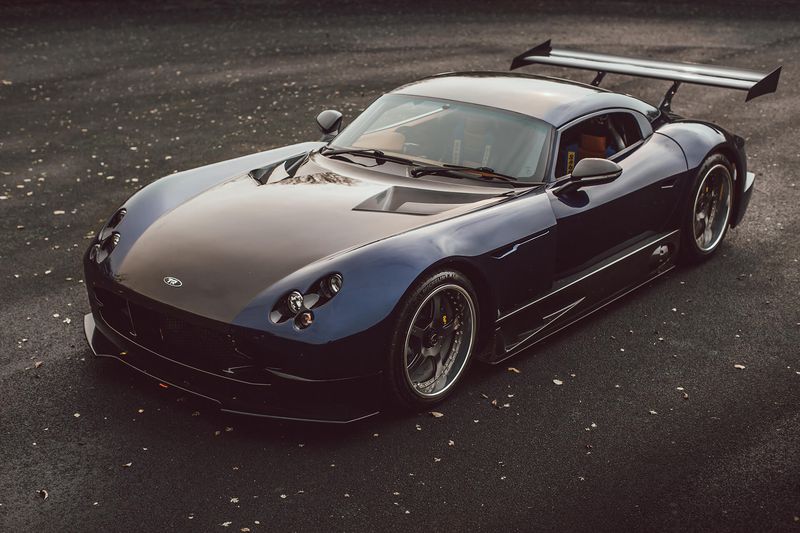
The TVR Cerbera Speed 12 was so wild, even TVR decided it was too much. It packed over 800 horsepower into a lightweight, unfiltered chassis, making it one of the most terrifying cars ever built.
It was meant to take on supercar giants, but the lack of safety features and refinement made it borderline undrivable.
Only one road-legal version was ever sold. It’s an unforgettable beast—but one that proved power without control is just chaos.
19. Plymouth Prowler
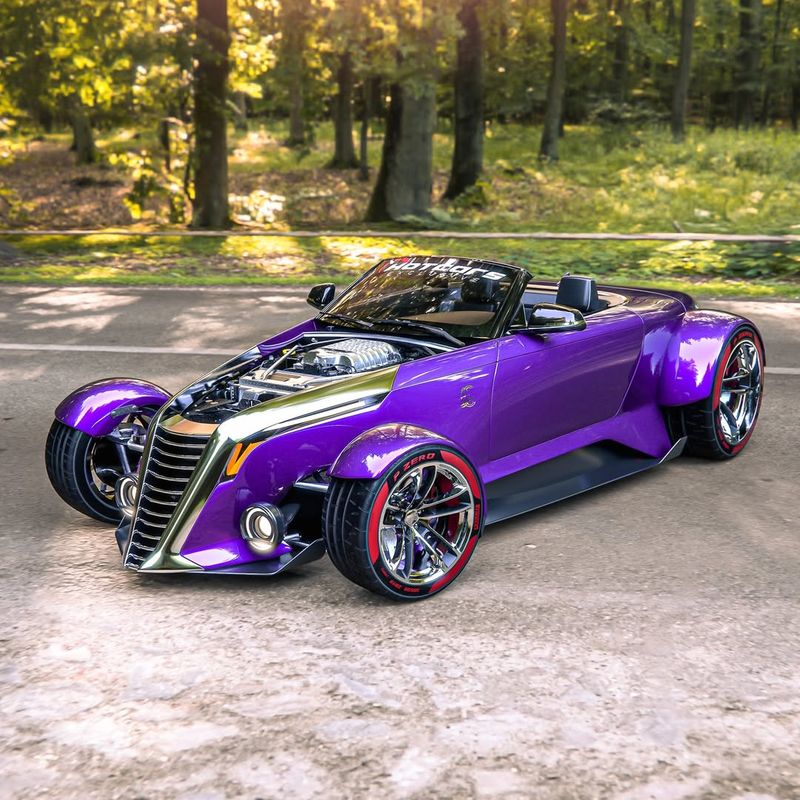
Retro gone wrong! The Plymouth Prowler’s hot rod looks promised excitement, but its V6 engine and limited practicality left many cold.
Though visually striking, it lacked the power to back up its bold design, more show than go. It became a niche vehicle, loved by some, overlooked by many.
Despite its shortcomings, the Prowler remains a unique chapter in automotive history, a reminder that not all throwbacks strike gold.
20. Mercedes-Benz C230 Kompressor Coupe

This coupe tried to inject sportiness into Mercedes’ entry-level range, but fell short in nearly every way.
The supercharged engine was peppy but not thrilling, and the handling never matched the aggressive “Kompressor” branding.
Inside, it was more economy car than luxury coupe, and reliability issues didn’t help its reputation.
It wasn’t sporty enough for enthusiasts or classy enough for Mercedes loyalists. Ultimately, it confused its identity and didn’t live up to the badge.
21. BMW Z3 2.3
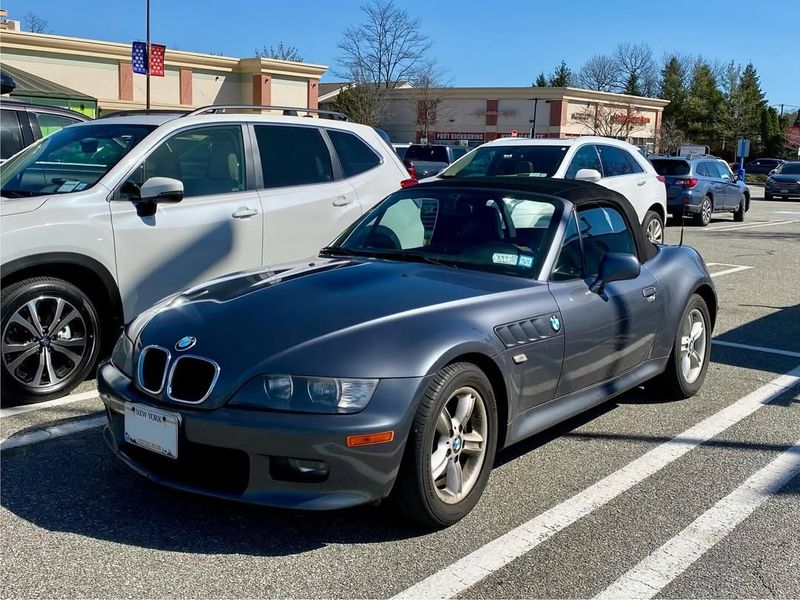
James Bond drove one, but the Z3 2.3 wasn’t a license to thrill. While it looked the part of a classic roadster, its performance was underwhelming.
With an engine that felt more economy than excitement, it didn’t live up to the sporty expectations set by its looks. A BMW that lacked the ultimate driving machine feel.
Despite its shortcomings, it remains an icon of 90s nostalgia, a stylish, if flawed, member of the roadster family.
22. Hyundai Scoupe Turbo

Hyundai’s first stab at a sporty coupe was… ambitious. The Scoupe Turbo looked the part with its flashy decals and sloped roofline, but underneath, it was underwhelming.
The turbocharged engine added some punch, but build quality, refinement, and handling were lacking. It was affordable, yes, but corners were cut everywhere.
Instead of being a breakthrough, it reminded buyers why Hyundai still had a lot of work to do. A forgettable misstep in the brand’s evolution.
23. Ford Probe
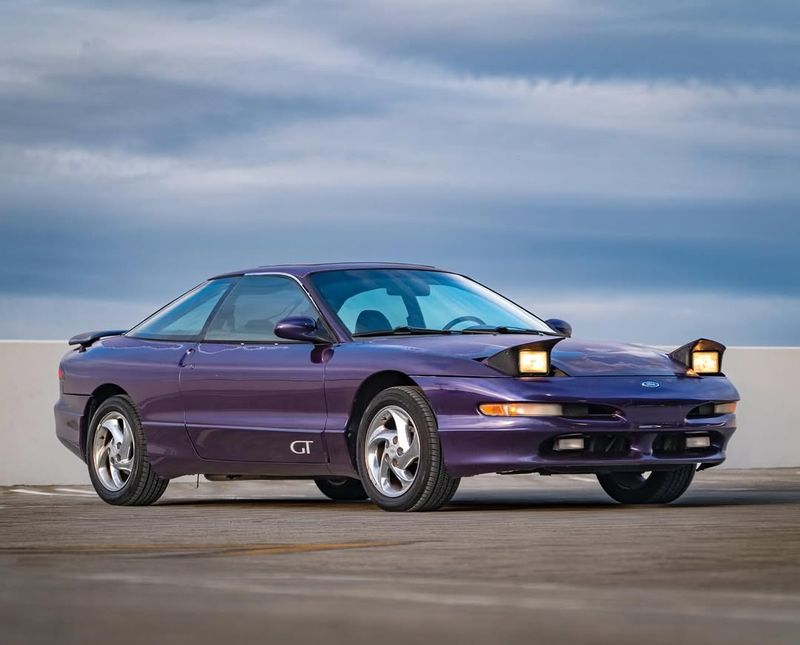
The Ford Probe tried to steer into the future with its amazing design and engineering collaboration with Mazda. Yet, it never fully captured the hearts of enthusiasts.
Intended as a Mustang replacement, it faced backlash for its front-wheel-drive layout and lack of muscle car heritage. Its name didn’t help either, sparking more jokes than interest.
Although the Probe didn’t quite land, it remains a testament to Ford’s willingness to experiment, even if the results were mixed.
24. Honda CR-Z
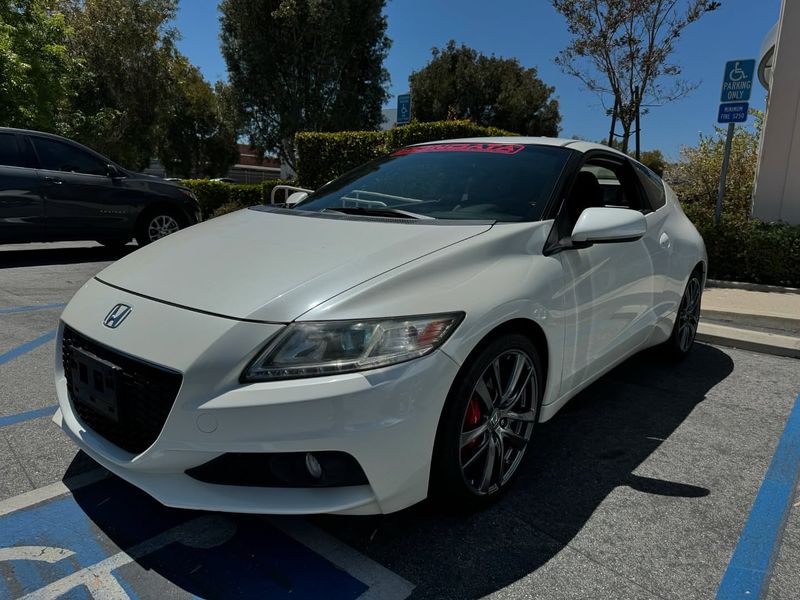
The CR-Z promised to combine the fun of a CRX with the eco-smarts of a hybrid. Sadly, it didn’t really succeed at either.
The styling was sharp, and the manual transmission was a nice touch, but it wasn’t powerful or efficient enough to impress anyone on either side of the aisle.
It felt like a compromise car that didn’t fully commit to being fun or green. Cool idea, flawed execution, and ultimately a disappointment to many.
25. Opel GT (newer rebadge)
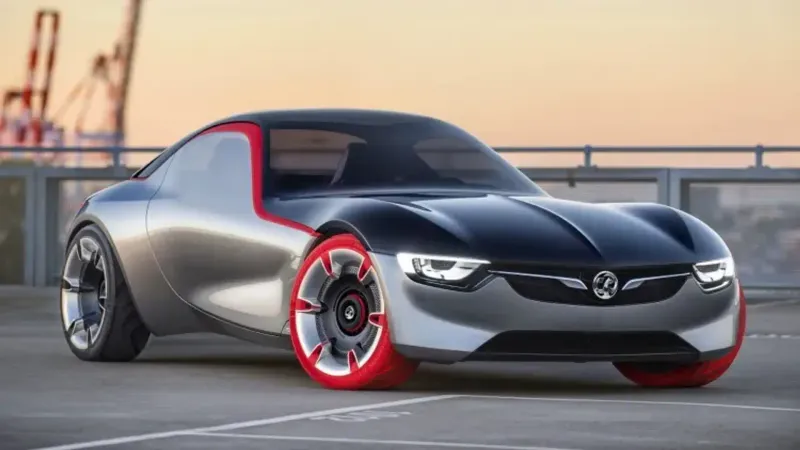
Rebadging gone awry—the new Opel GT tried to recapture the magic of its predecessor but lost its identity in the process. A reimagining that felt more patchwork than passion.
Its shared platform and design limited its uniqueness, turning it into another face in the crowd. Performance was adequate but not remarkable.
Although it carried the GT name, it couldn’t revive the spirit of the original, a reminder that nostalgia doesn’t always sell.
26. Peugeot RCZ
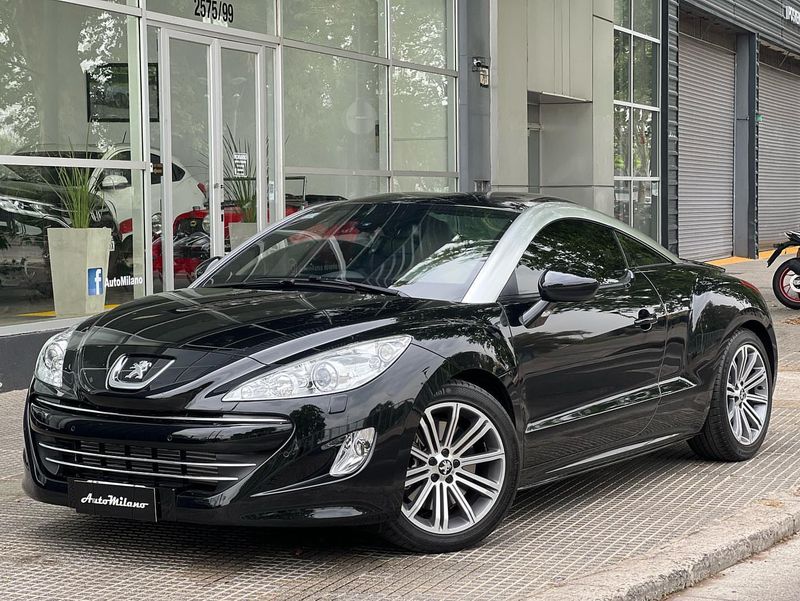
The RCZ had the looks of an Audi TT rival, with its double-bubble roof and curvy body stealing glances everywhere it went.
But under the skin, it was mostly Peugeot 308, and that showed in the driving experience. It lacked the poise, punch, and premium feel needed to compete.
Enthusiasts found it more style than substance, and despite early praise, it faded quickly from the spotlight. A case of a beautiful face masking a forgettable ride.
27. Lotus Elise (Federalized Elise)
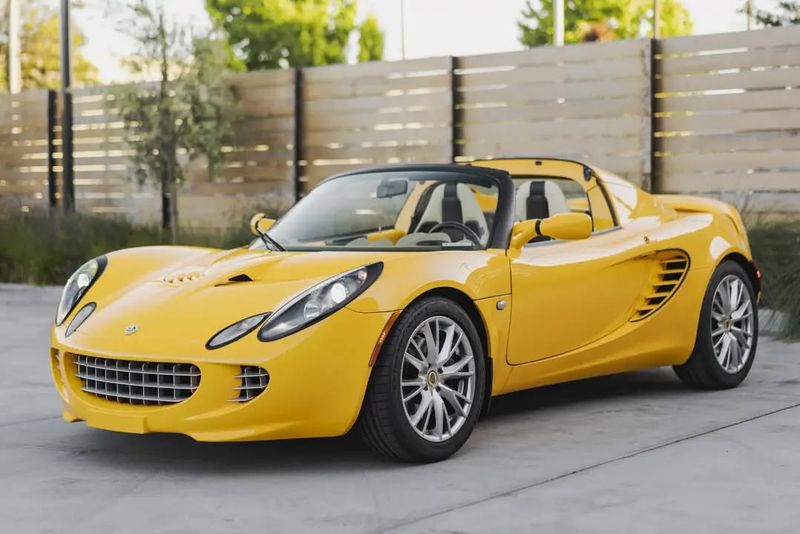
Federal regulations added weight to the agile Lotus Elise, hampering its performance. While it retained its sporty spirit, it felt less nimble.
The added safety equipment and emissions controls dulled its edge, turning a previously raw experience into a tamer one. Enthusiasts felt the trade-offs.
Despite these changes, the Elise still shines as a driver’s car, a testament to Lotus’s engineering prowess, though a bit subdued in this form.
28. Smart Roadster
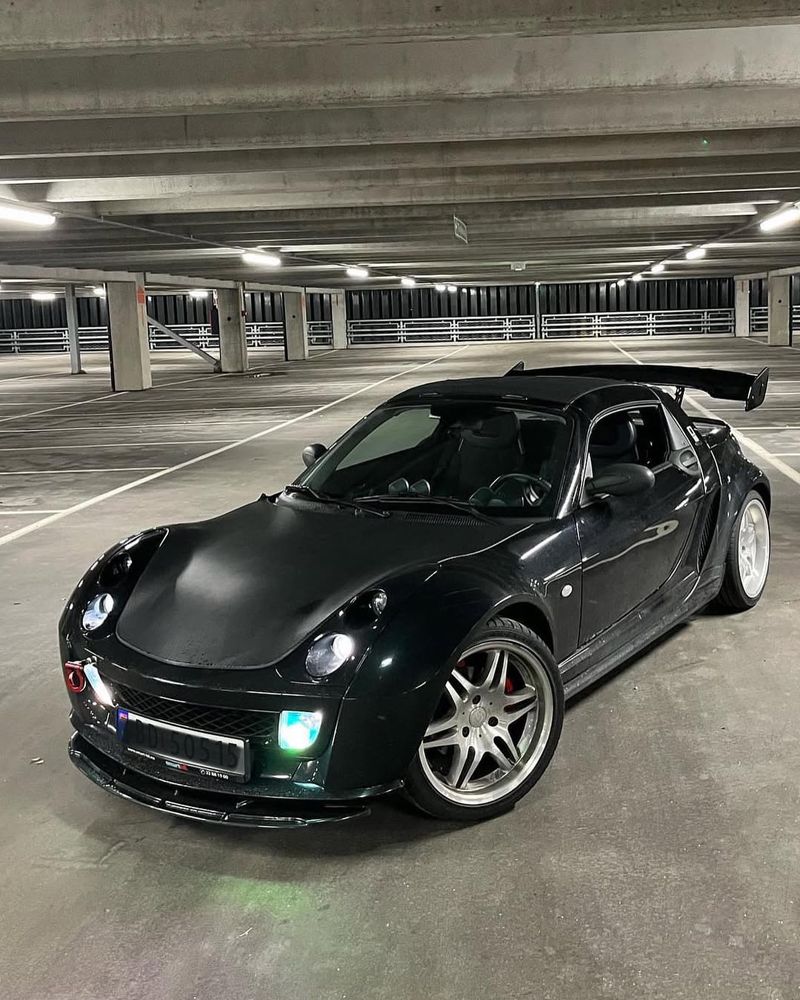
This tiny, quirky coupe was meant to deliver sports car thrills in a bite-sized package. And while it handled like a go-kart and sipped fuel like a champion, it was slow—painfully slow.
Add in a clunky automated manual transmission and leak-prone roof, and the charm quickly wore off. It was adored by a small cult following but confused most buyers.
It looked ready to race, but on the road, it felt like it was stuck in traffic.
29. Nissan NX2000
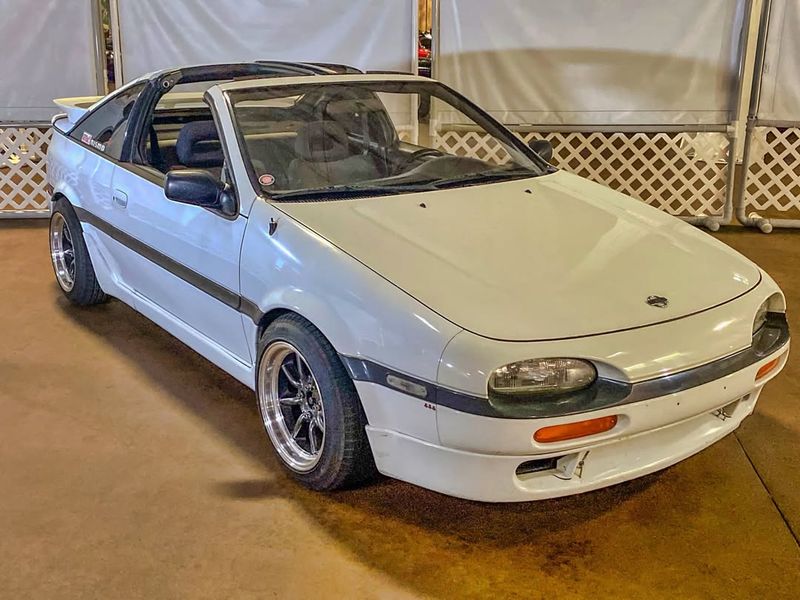
The Nissan NX2000 was a hatchback with sporty aspirations, but its quirky styling divided opinions. It offered fun drives but struggled to establish a clear identity.
While its performance was commendable, its design was polarizing, keeping it from achieving broader appeal. A sports car in disguise, but not everyone liked the mask.
Though it never reached mainstream success, the NX2000 holds a special place for those who appreciate its spirited character amid its aesthetic eccentricity.
30. Mazda MX-3

With a refined coupe body and the world’s smallest production V6, the MX-3 seemed like a sporty hidden gem. But the reality was a bit of a letdown.
That tiny V6 didn’t produce much power, and the car never quite delivered the thrills its styling promised.
It was fun in the corners, sure, but lacked straight-line speed and aggressive character. A neat little oddity from Mazda’s ‘90s lineup, but not the sport compact savior it aimed to be.
31. Renault Alliance GTA
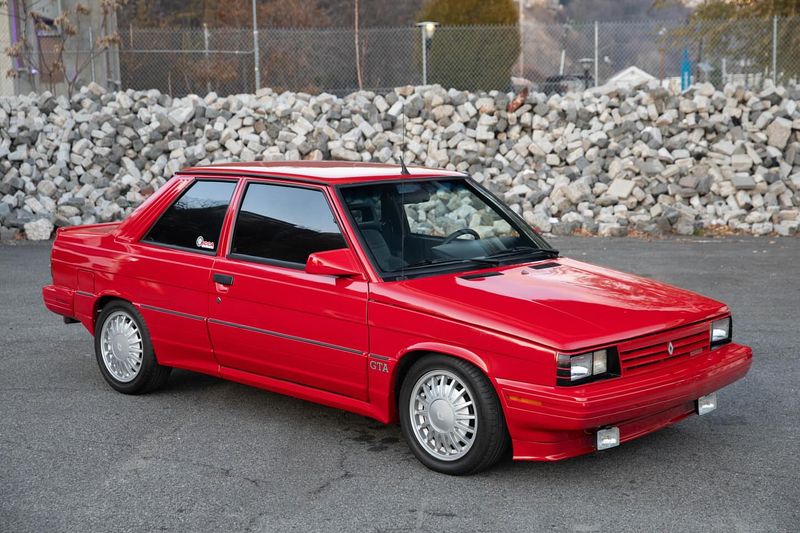
French flair meets American practicality with the Renault Alliance GTA. While its sporty design caught eyes, its lackluster performance kept it from taking the spotlight.
Built in America, it struggled to merge the best of both worlds, leaving it as an oddity in automotive history. A car that aimed high but didn’t soar.
Despite its attempts, the Alliance GTA remains a footnote, a curious combination of ambition and reality, more a whisper than a roar in the car world.
32. Dodge Stealth ES
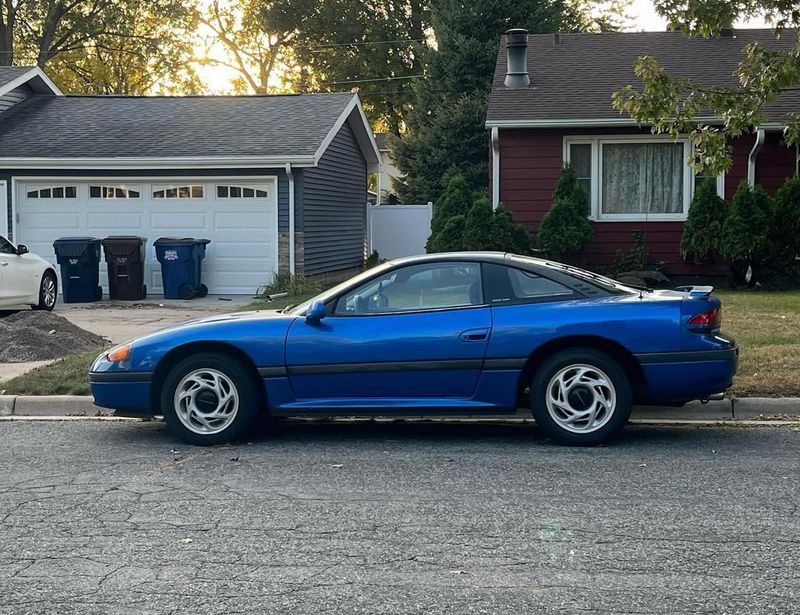
The Dodge Stealth ES tried to ride the wave of its more famous sibling, the Mitsubishi 3000GT. While the RT and RT/TT versions had real bite, the ES trim was all show and no go.
Front-wheel drive, a modest V6, and a heavy body made it feel more like a grand tourer than a performance machine.
It wore a sporty badge and had dramatic looks, but underneath, it simply didn’t have the guts to back it up.
33. Subaru SVX
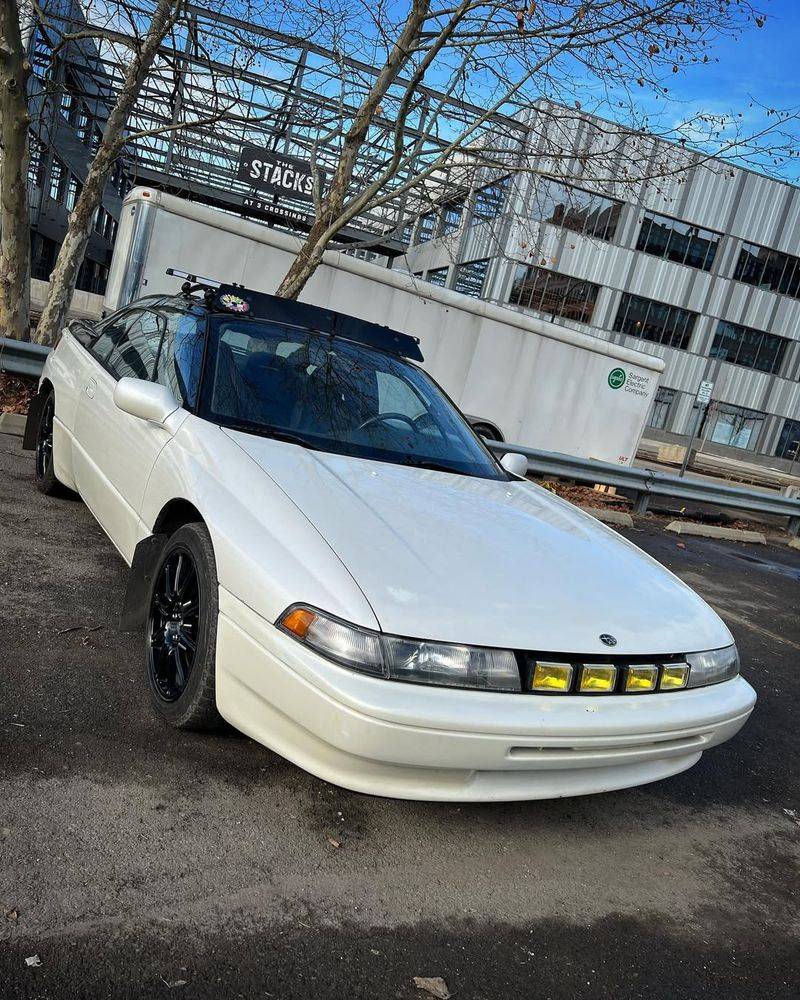
The Subaru SVX—a quirky coupe with an even quirkier window design. Its futuristic looks were accompanied by a hefty price tag and complex engineering.
Though it offered all-wheel drive and comfort, its heavy build and odd styling limited its appeal. A car that tried to be many things, yet ended up as a niche choice.
Despite its struggles, the SVX remains a distinctive chapter in Subaru’s history, a bold attempt to push the envelope, if not quite breaking it.
34. Buick Reatta
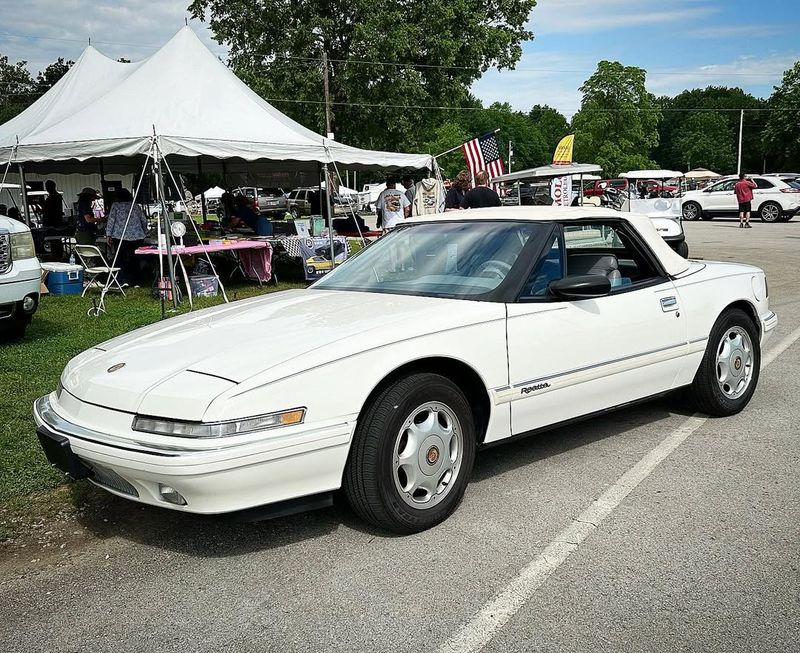
Buick’s attempt at a luxury sports coupe in the late ’80s and early ’90s was bold—but flawed.
The Reatta had cool tech for its time, including a touchscreen interface, and its styling was slick in a conservative way.
But it was never particularly fast or agile. It didn’t know if it wanted to be a cruiser or a corner carver. Buyers weren’t convinced either. It was an experiment in sport-luxury that just never found its groove.
35. Saab Sonett III

Swedish quirk at its finest, the Saab Sonett III combined economy with sporty flair, but not without compromise. Its fiberglass body was unique but prone to wear.
Underpowered and with a cramped interior, it struggled to compete with more robust sports cars. A Saab that promised charm, but didn’t deliver the full package.
Despite its limitations, the Sonett III is remembered fondly by enthusiasts, a snapshot of Saab’s adventurous spirit in the sports car realm.
36. Acura CL Type-S (auto only)

Luxury meets performance—or at least tried to. The Acura CL Type-S (automatic) offered style and comfort but lacked the driving excitement enthusiasts craved.
Its automatic transmission diluted the sporty experience, leaving a gap between potential and reality. A car that looked the part but didn’t quite perform it.
Though not the powerhouse it aspired to be, the CL Type-S remains a stylish chapter in Acura’s lineup, a reminder that not all luxury equates to exhilaration.
37. Fiat Barchetta

With its charming roadster looks and Italian flair, the Fiat Barchetta seemed like a recipe for fun.
And it was, in a sense—light, affordable, and great on twisty roads. But its front-wheel-drive setup and modest power held it back from true sports car status.
Worse, it never made it to the U.S. market, limiting its impact. A sunny-day cruiser more than a backroad barnstormer, the Barchetta was lovable—but never the full package.
